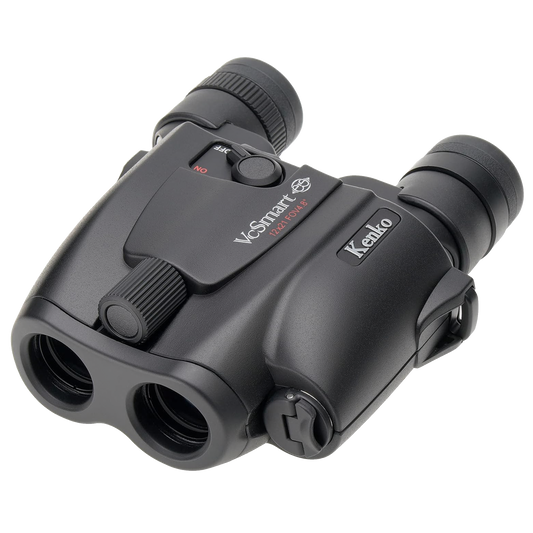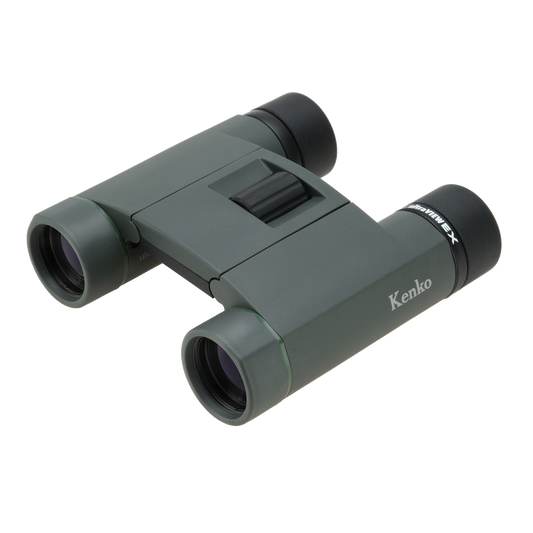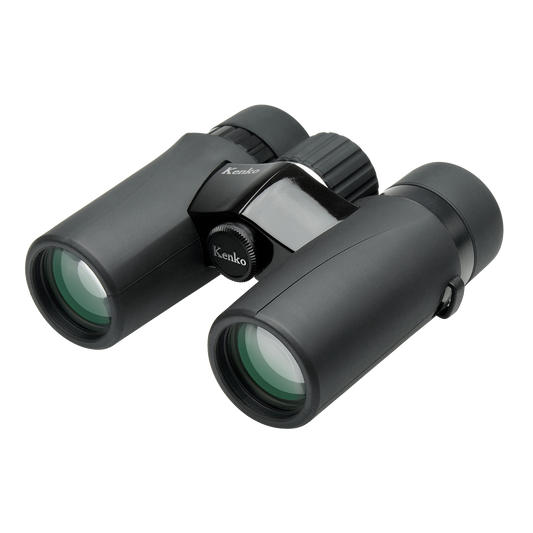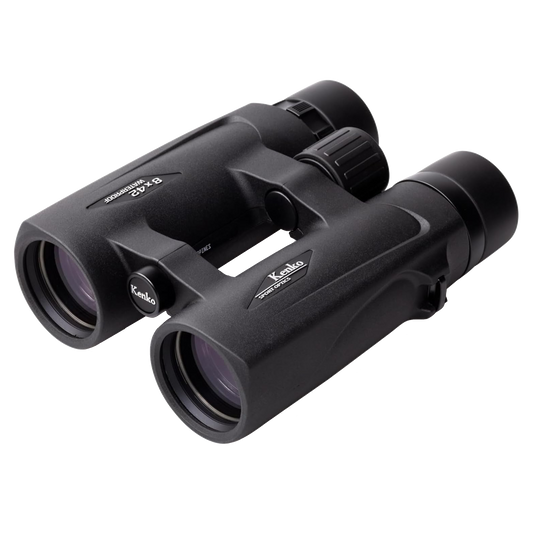
A Quick Primer on How Variable ND Filters Work

Not all that long ago, I used a complete ND filter kit - I had five rectangular ND filters and a filter holder to carry around.
I’m not knocking the performance of that filter kit because it was great. But eventually I got tired of having all that stuff in my camera bag. I also got tired of constantly attaching the filter holder, unattaching it, inserting filters, swapping filters out, and so forth.
That’s when I decided a variable ND filter was the way to go.
In this article, learn what a variable ND filter is and how variable ND filters work.
What is a Variable ND Filter?

As you might have surmised already, a variable ND filter is like a bunch of ND filters in one, thus the “variable” part of its name. Like traditional ND filters, variable ND filters block out different levels of light.
Rather than having a big filter kit with various filters, each with a different degree of filtering power, a variable ND filter simply screws onto the end of your lens.
In that regard, it’s much more user-friendly, both from the standpoint of having less stuff in your bag and not having to fool around with multiple filters every time you want to take a shot.
Learn More:
How Variable ND Filters Work

The premise of how variable ND filters work is quite straightforward.
It’s able to block out light because of the manner in which it’s constructed - there’s two layers of polarized glass positioned opposite one another. The inner layer of glass is what attaches to the lens, and is fixed in place. The outer layer of glass is housed in a ring that allows the filter to rotate.
Since it’s fixed in position, the inner layer of glass reduces light on a single plane. The outer layer, however, can reduce light to a varying degree because it can rotate. That is, the further the outer layer is rotated, the more light-reducing power it has.
In other words, as the outer layer of glass approaches a 90-degree angle to the inner layer of glass, the maximum light-reducing power is achieved.
Why Variable ND Filters are Beneficial

As noted above, variable ND filters are simply easier to use than a traditional ND filter setup.
Rather than inserting individual ND filters in to a housing, you can simply rotate the outermost layer of glass of a variable ND filter to get the desired effect.
What’s nice about this is that you can fine-tune the filtering power to a precise degree to get the exact outcome you want. That is, where a fixed ND filter has a set amount of light-stopping power, a variable ND filter gives you a range from which to choose, usually from about 1-stop to 8-stops.
As you can see above, the lens housing has markings that indicate which way to turn the filter to increase or decrease its effects.
Another benefit of good variable ND filters is that they don’t display the dreaded X-pattern that you often find in bargain variable ND filters. See how this can be accomplished in the video above by Kenko Global.
This X-pattern occurs when you push the filter too far to its minimum or maximum range, at which point the two filter elements begin to interfere with one another. This pattern can also emerge on very long exposure.
Photographers like variable ND filters because they make composing images much easier than standard ND filters do. By that, I mean that you can rotate the filter to a minimal degree of filtration, compose the shot, and then adjust the filtration to the desired level.

photo by RobChristiaans via iStock
This is particularly handy when you need a lot of filtering power, like 10 stops, to create dreamy scenes like the one above. If you use a fixed ND filter, all that light-stopping power makes it virtually impossible to see the scene through the viewfinder. Granted, you can compose the shot ahead of time and then add a fixed filter, but simply being able to turn a variable ND filter to adjust it is much more convenient.
Of course, like fixed ND filters, variable ND filters offer the benefit of allowing you to slow down the shutter speed to blur motion or open up the aperture to reduce the depth of field.
These are important factors that can be used for all kinds of photography, from portraits to landscapes, street photography to action photography.
Learn More:
Invest in a Good Variable ND Filter

As noted above, good variable ND filters minimize the X-pattern you find in cheaper versions. With improved optics and build quality, higher-end variable ND filters will also last you a lot longer than some cheap thing you pick up on Amazon.
I use the Kenko Variable NDX filter, and it has been a joy, to say the least.
Like any good filter, it offers hyper-neutral results with no color casting. That’s thanks in large part to its Japanense Asahi Optical Glass and match polarization foils.
photo by miroslav_1 via iStock
I also like the fact that there’s so much variability with this filter - from 1.5 stops up to 10 stops. From slight motion blur in a waterfall to ethereal landscapes in which the rolling tide is rendered beautifully smooth, this filter can do it all!
And since it has such a wide range of filtering power, there’s no need to stack filters, and that means less vignetting for a cleaner, crisper shot from edge to edge.
Give the Kenko Variable NDX filter a try, and you’ll see that it is well worth the investment!
Originally posted on PhotographyTalk.com





